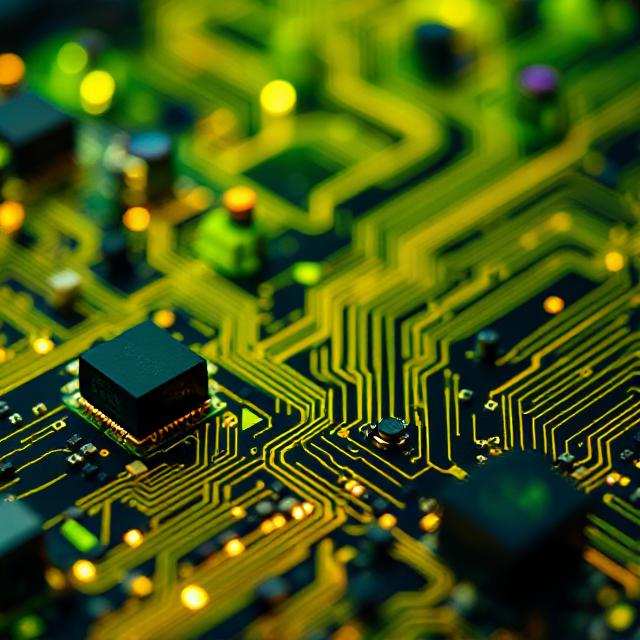Introduction to Protective Devices in AC Circuits
Protective devices in AC circuits are critical components designed to safeguard electrical equipment, wiring, and individuals from damage caused by faults like short circuits, overloads, or electrical surges. These devices help ensure the safety and reliability of electrical systems by quickly interrupting the flow of current when abnormal conditions are detected.

Why Protection is Needed in AC Circuits
AC (Alternating Current) circuits are widely used in homes, industries, and power systems. However, faults such as short circuits or overloads can lead to excessive current flow. This excessive current can cause:
-
Overheating
-
Damage to equipment
-
Fires
-
Electric shocks
Protective devices are essential because they detect these faults and disconnect the faulty part of the circuit to prevent further damage or hazardous situations.
Common Protective Devices in AC Circuits
-
Fuses
A fuse is a simple yet effective protective device made of a thin metal wire or strip. It is connected in series with the circuit, and when the current exceeds a safe limit, the fuse wire melts, breaking the circuit. Once a fuse blows, it must be replaced. Fuses offer protection against short circuits and overloads but are single-use devices.
-
Circuit Breakers
Circuit breakers work similarly to fuses but have the advantage of being reusable. They automatically disconnect the circuit when current exceeds a preset limit. Types of circuit breakers include thermal, magnetic, and combined thermal-magnetic breakers. These are commonly used in homes and industries due to their faster response time and ability to be reset after tripping.
-
Relays
Relays are electrically operated switches used for both protection and control. Protective relays sense abnormal current or voltage conditions and send a signal to trip a circuit breaker, isolating the faulty section of the system. Types of relays include overcurrent relays, differential relays, and distance relays.
-
Earth Leakage Circuit Breakers (ELCB) / Residual Current Devices (RCD)
These devices detect leakage currents that flow to the ground and are crucial for protecting people from electric shocks. If leakage is detected, the device quickly disconnects the circuit. ELCBs and RCDs are highly sensitive and essential for ensuring safety in homes and wet environments, such as bathrooms and kitchens.
How Protective Devices Work Together
In an AC circuit, protective devices are often arranged to provide multiple layers of protection:
-
A fuse or circuit breaker may protect the entire circuit.
-
A relay could be used to protect a specific machine or section of the system.
-
ELCBs or RCDs provide protection against leakage currents that could potentially harm individuals.
This combination of devices ensures both equipment protection and personal safety.
Important Terms
-
Short Circuit: A fault where current flows along an unintended path with very low resistance, causing a large current.
-
Overload: When a device or wire carries more current than it is rated for, resulting in overheating.
-
Trip: The action of disconnecting the circuit when a fault is detected.
Conclusion
Protective devices in AC circuits are essential for ensuring safety and protecting electrical equipment. By detecting abnormal current conditions and isolating faulty parts, these devices prevent damage, reduce the risk of hazards, and help maintain reliable electrical systems. Understanding these protective devices is key to designing safe and efficient electrical circuits.

